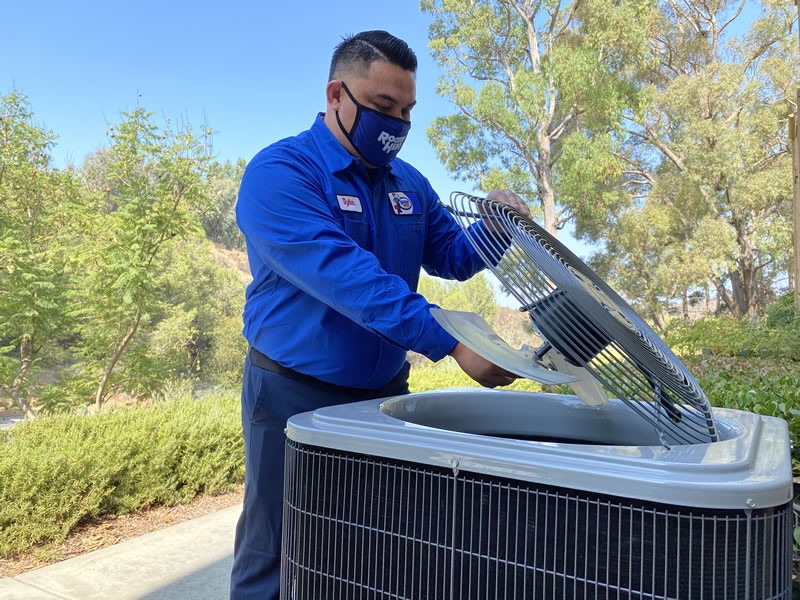
What Are the Different Types of Furnaces?
With winter in full swing, you probably have an idea of how well your heating system is doing its job. If the furnace is not delivering satisfactory results, then you may have started a journey to discover why. Before you call for an AC repair or furnace replacement, let us go through a quick primer on furnaces. What are the different types of furnaces and how do they work? Is it time to upgrade your unit? We will try to answer these questions in this short article. If you prefer to consult with a technician, then call Rooter Hero to have someone dispatched to your location. We are ready when you are.
What Is A Furnace?
In short, a furnace is a system within the HVAC system. The furnace has a thermostat which reads the temperature in the room and heats the air when the temperature falls below a specified level. All furnaces consist of four primary components: burners that deliver and burn fuel, heat exchangers, a blower, and a flue that safely releases gaseous by-products.
Types of Furnaces
The difference between furnaces comes down to the source of energy.
A natural gas furnace is generally the most popular, especially among residential customers, because of its energy efficiency and savings. Around half of all furnaces in the U.S. are natural gas furnaces. Their up-front cost is on the higher end and the average unit has a life expectancy of about 20 years.
Electric furnaces are second-most common after the natural gas furnace. Electric furnaces require a slightly lower initial investment and have a longer life expectancy of around 30 years, but natural gas is usually cheaper than electricity.
Somewhere between the natural gas furnace and electric furnace is the oil furnace. The oil furnace is more concentrated in the Northeastern part of the U.S. Their upfront cost is the lowest among the three, and they have a service life of roughly 25 years.
For residents in areas that do not have easy access to gas or oil, there is the propane furnace. These are the least popular, but they are reasonably efficient and safe.
When to Replace Your Furnace
We gave some rough estimates on life expectancies of the different types of furnaces, but there is no knowing when your furnace will have to be replaced. It is best to schedule a furnace maintenance every fall to get a clear idea on the condition of your unit. If you find yourself frequently scheduling a furnace repair, then it might be time to investigate a furnace replacement. As for signs it might be time to replace the furnace:
- The furnace is 20 years old
- Popping, rattling, screeching, humming, clicking, and booming sounds
- Uneven heating throughout the building
- Soot collecting near the furnace register
- Unusually high energy bills
- Yellow furnace flames rather than blue
Rooter Hero is Ready to Help
A faulty furnace can expose you to more than just some discomforting cold. A defective unit can leak toxic gases and even present to risk of explosions. Call Rooter Hero to schedule your annual furnace maintenance, arrange an urgent repair, or schedule a replacement.






